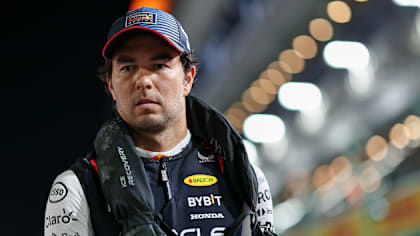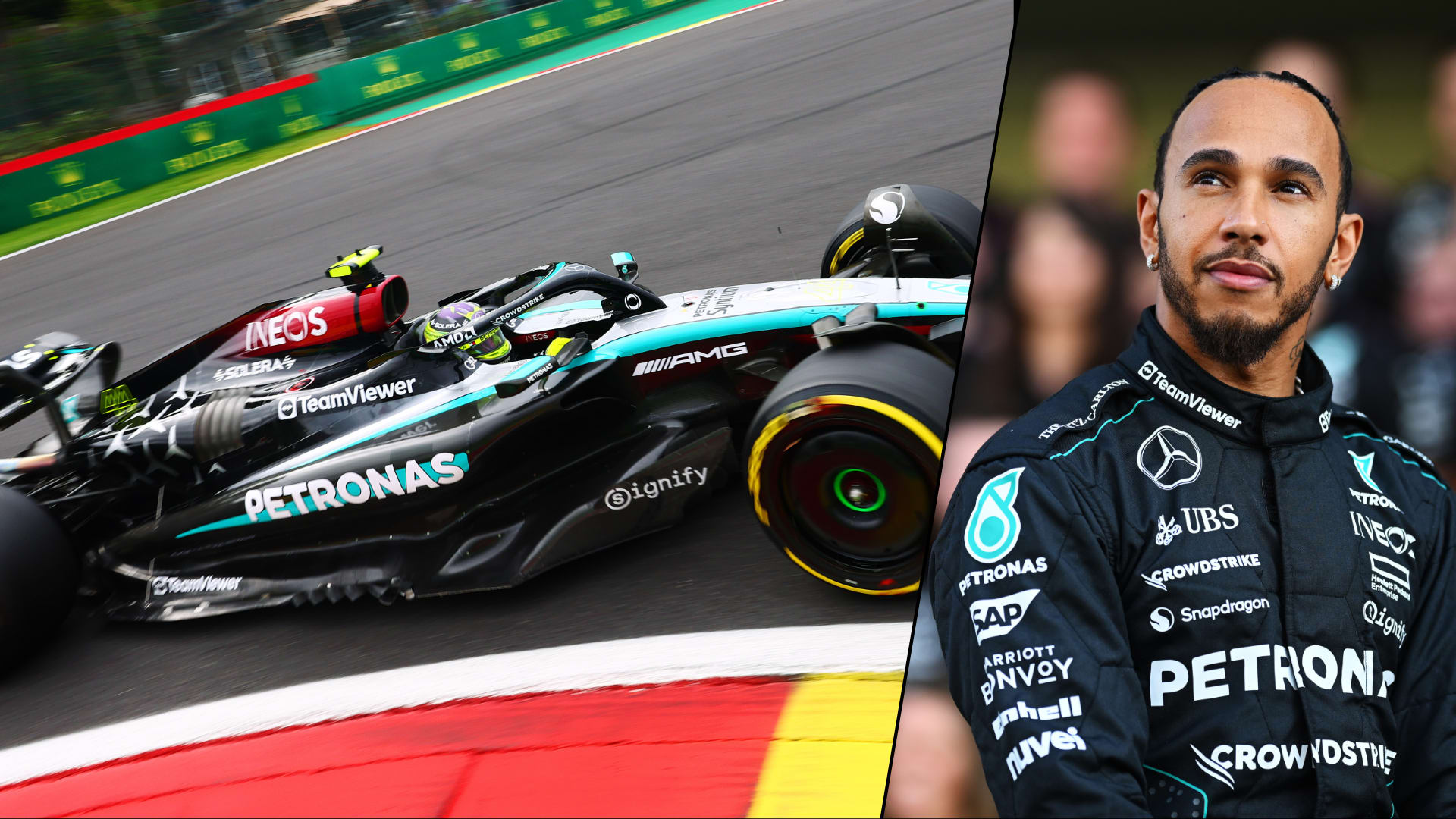From Rosberg’s desire to convert pole into victory to Perez’s determination to delight the home fans; and from the threat of brake issues to the risk of rain, we outline the key themes to look out for in Sunday’s Grand Prix in Mexico City…
Time for Rosberg to convert pole into victory
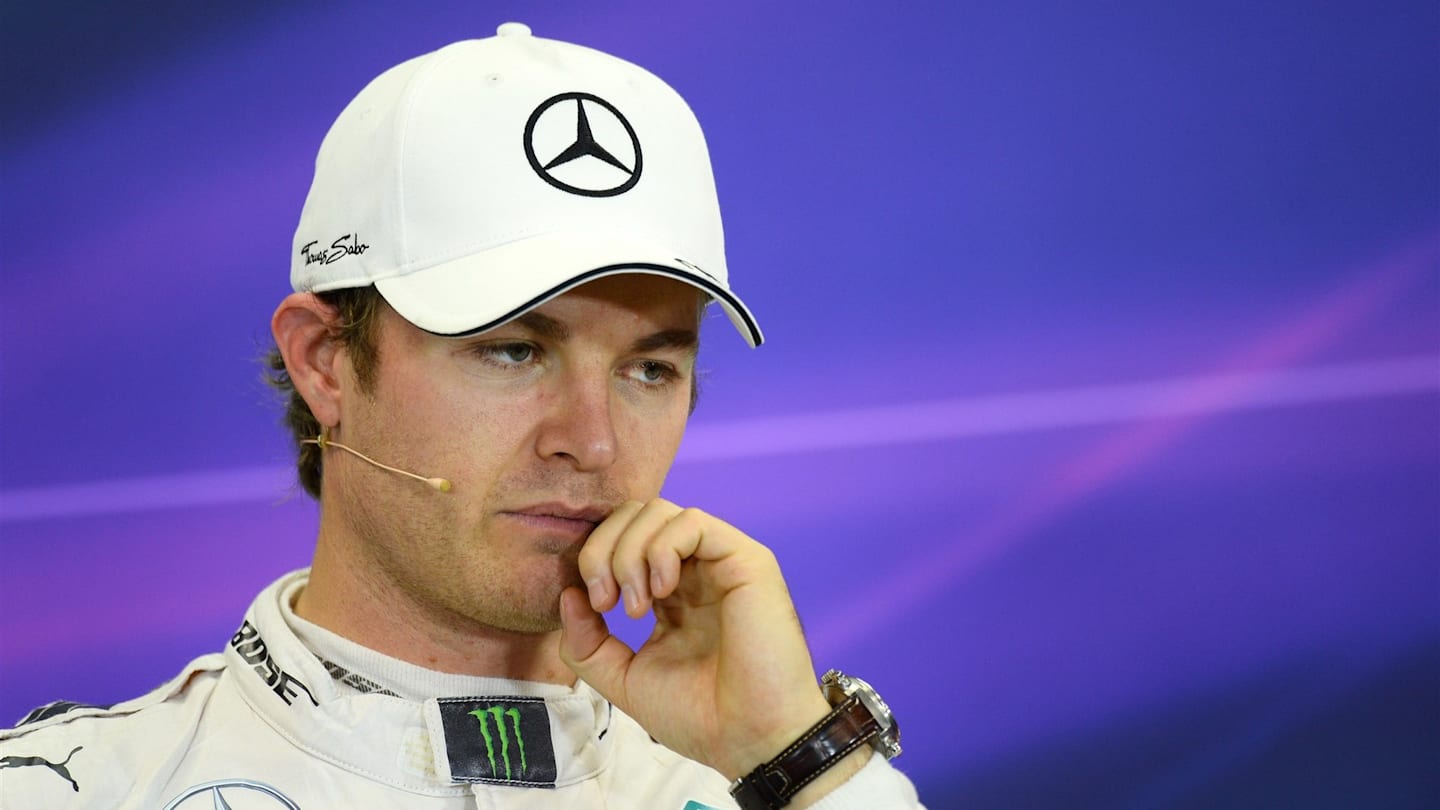
Pole sitter Nico Rosberg (GER) Mercedes AMG F1 in the press conference at Formula One World Championship, Rd17, Mexican Grand Prix, Qualifying, Circuit Hermanos Rodriguez, Mexico City, Mexico, Saturday 31 October 2015. © Sutton Motorsport Images
For the last four straight races, Nico Rosberg has been on pole. And yet each time, it hasn't been him stood atop the podium on Sunday. Mexico is his chance to put that right - and it's one he must take.
For all the German played down talk of driving 'angry', Rosberg is clearly hurting. Defeat in Austin sprang from his own mistake, but it also included the all-too familiar sight of Hamilton being more aggressive and gaining ground at the start. Rosberg failing to convert an early advantage is no new phenomenon: of his last 10 poles, only 2 have yielded victory. Over the same sample set, Sebastian Vettel has picked up nine wins.
Indeed, the four-time world champion is one of the reasons Rosberg has to capitalise in Mexico City. Losing out to Hamilton in the championship is one thing; finishing third, behind Vettel, something entirely different. With Vettel still four points ahead of Rosberg, the Mercedes man has it all to do - protect pole, wrest some momentum back from his team mate, and win the upper hand in the fight for second in the standings. Sunday will be a major test...
Perez determined to delight home fans

Fans with Sergio Perez (MEX) t-shirts at Formula One World Championship, Rd17, Mexican Grand Prix, Qualifying, Circuit Hermanos Rodriguez, Mexico City, Mexico, Saturday 31 October 2015. © Sutton Motorsport Images
From his first lap in FP1 to his final lap in qualifying - every moment home hero Sergio Perez has been on track so far this weekend he has received a rapturous reception from the thousands of flag-waving fans in attendance.
The Force India star finished a promising sixth in FP3 on Saturday morning, and dutifully made it through to Q3 later in the afternoon, but despite the audible chants of ‘Checo! Checo!’ ringing down from the grandstands, he could only manage P9 in the top-ten shootout.
The local fans might have hoped for more, but that result is by no means a disaster, especially as tyre preservation - one of Perez’s key strengths - could well play a big part in determining the outcome on Sunday afternoon.
“I just need to say focussed, work through my usual routine and treat tomorrow as a normal race,” Perez said after qualifying. “The car is working well, we’ve done our homework, and I want to move forward in the race.”
The chances of the Mexican doing so are good - he’s finished higher than he’s started in ten of the 16 races so far this season, including in Russia where he converted seventh on the grid into a fifth career podium finish. What he’d give for another on Sunday…
Don’t be surprised to see drivers suffering from brake issues
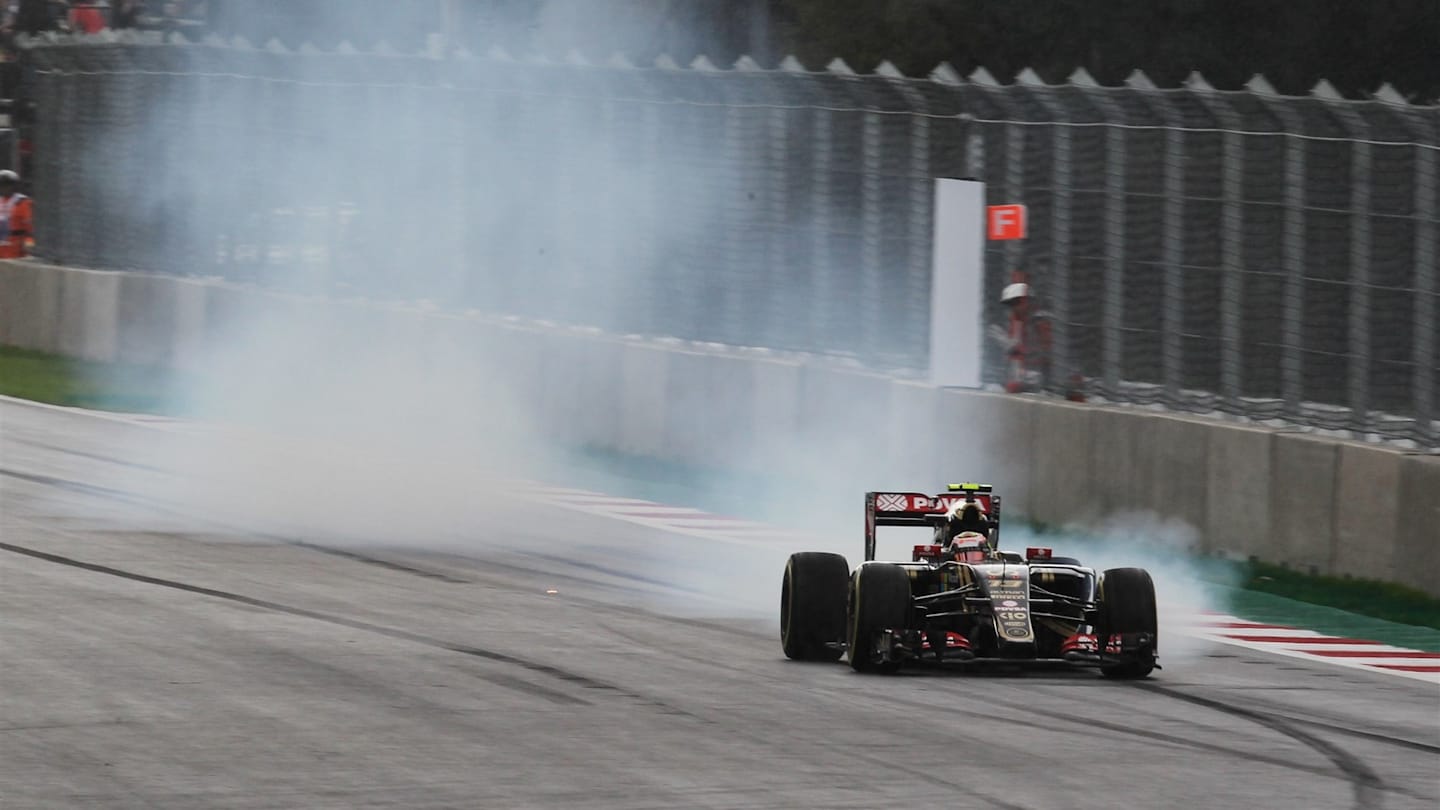
Pastor Maldonado (VEN) Lotus E23 Hybrid locks up at Formula One World Championship, Rd17, Mexican Grand Prix, Practice, Circuit Hermanos Rodriguez, Mexico City, Mexico, Friday 30 October 2015. © Sutton Motorsport Images
Brake temperatures have been a big topic of conversation over race radio so far this weekend, and the issue could become even more troublesome over the course of 71 hard-fought laps.
The primary reason is the Autodromo Hermanos Rodriguez’s location at over 2,200m above sea level. At such a lofty altitude, the air is much ‘thinner’, and as a result you get less of an effect for the same volume of air passing through the brake ducts than you would at a lower altitude venue like Suzuka.
The altitude is also contributing to the tremendously high speeds the drivers are hitting on the straights, and that in turn leads to longer, more intense braking zones - and a need for more cooling.
The teams could, of course, run with larger ducts, but they are loathed to do so because of the negative effect they would have on aerodynamics, so that means most of the teams are right on the limit. In practice and qualifying, where the teams do relatively short runs before pitting and cooling the brakes artificially, it’s less of an issue, but over a long race run…
In short, of all the problems the altitude could cause - including turbo issues - overheating brakes are the most likely.
Long run to Turn 1 makes start more crucial than ever
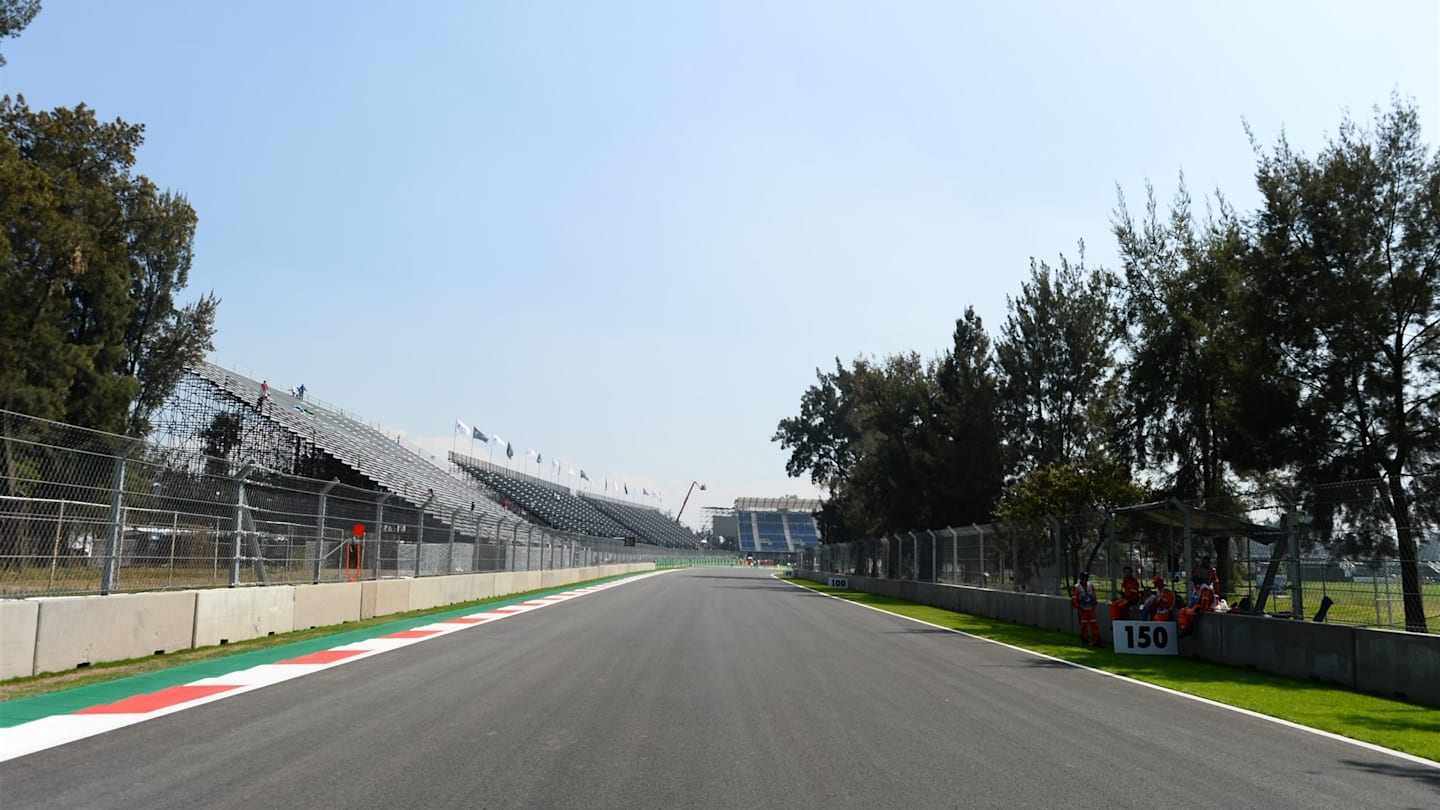
Track view at Formula One World Championship, Rd17, Mexican Grand Prix, Preparations, Circuit Hermanos Rodriguez, Mexico City, Mexico, Thursday 29 October 2015. © Sutton Motorsport Images
The Autodromo Hermanos Rodriguez may have been heavily revised ahead of F1’s return this season, but one element that remains is its iconic, 1.2km-long pit straight.
Believe it or not, there’s a full 900m between the start line and Turn 1, and that’s an awful lot more road than at most circuits. As a result, there’s an even bigger onus on the drivers to make a good getaway when the five red lights go out.
Get a good jump and the momentum generated could see you sail past your opponents. Conversely get a bad start and you could find yourself tumbling down the order.
In Austin Nico Rosberg lost P1 to team mate Lewis Hamilton in just 363m from the start to Turn 1. If he’s to hold the lead through the first few corners in Mexico, he’ll have to do a lot better…
Raikkonen a man to watch
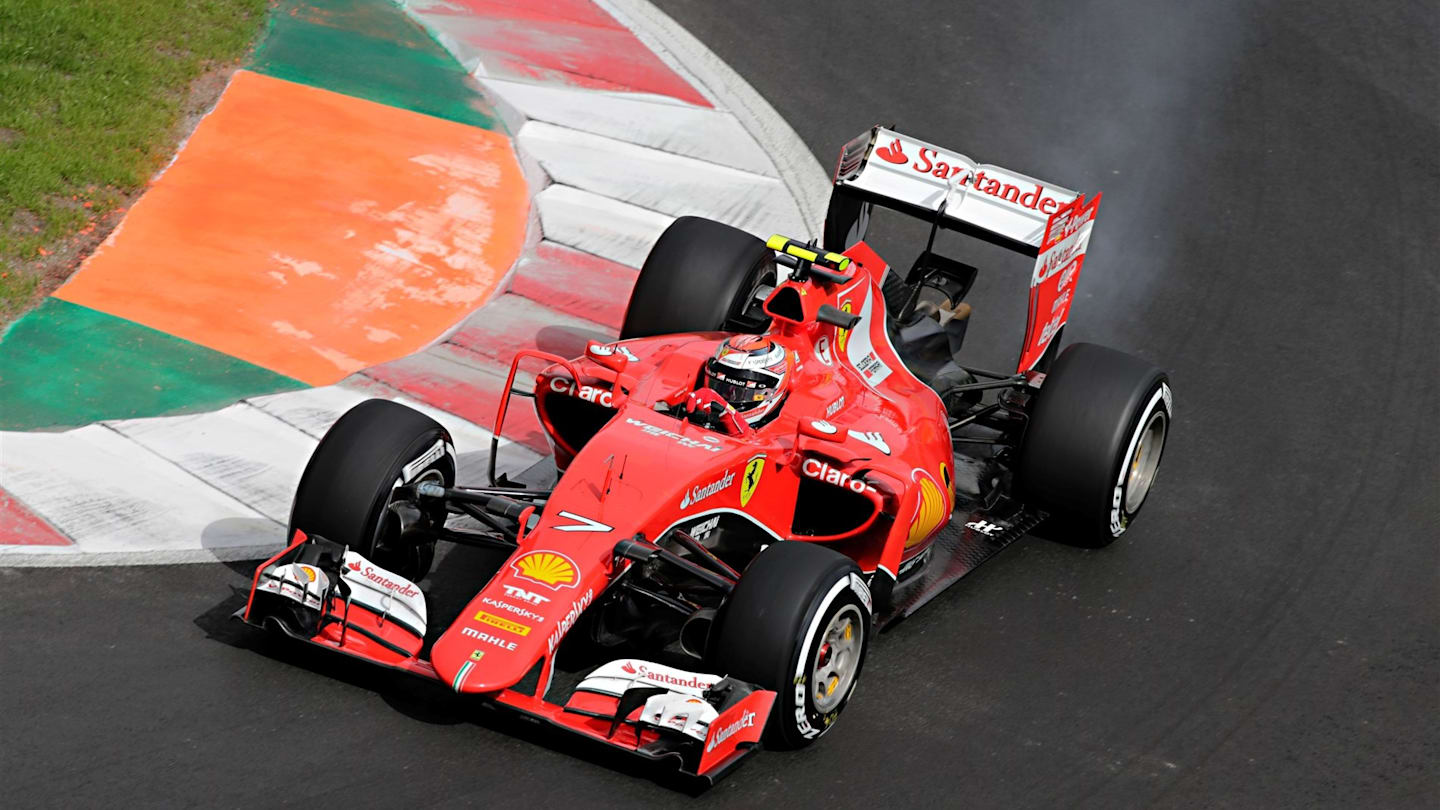
Kimi Raikkonen (FIN) Ferrari SF15-T with smoke from the engine at Formula One World Championship, Rd17, Mexican Grand Prix, Qualifying, Circuit Hermanos Rodriguez, Mexico City, Mexico, Saturday 31 October 2015. © Sutton Motorsport Images
If there was one crumb of comfort for Kimi Raikkonen on Saturday evening, it was that Vettel's third-place grid spot demonstrates Ferrari's raw pace in Mexico. The Iceman will need as much help as he can get.
Starting from 18th (after a gearbox penalty) is a major setback, but it doesn't mean points will be out of Raikkonen's reach. In the past two seasons, Raikkonen has started from 16th or lower on four occasions. Two of those - Great Britain last year and the United States last weekend - have ended in the barrier; two have ended with the Finn inside the top seven.
Raikkonen has previous form then when it comes to fighting through the field - and in a car competitive enough to challenge for the front row, he could well play a starring role in F1's first Mexican Grand Prix for 23 years.
Evolving track surface will make strategy a moving target

Daniil Kvyat (RUS) Red Bull Racing RB11 locks up at Formula One World Championship, Rd17, Mexican Grand Prix, Qualifying, Circuit Hermanos Rodriguez, Mexico City, Mexico, Saturday 31 October 2015. © Sutton Motorsport Images
Varying weather conditions, and a new track that is continually changing and improving, means Sunday's race represents a slight step into the unknown for teams and drivers, particularly in terms of strategy. As polesitter Rosberg said, “There was some stuff going on [tyre wise] on Friday, which is not going to be so easy to handle in the race...”
Theoretically, as wear rates are low, a one-stop strategy could be possible. Two remains the more likely default option, however, with Pirelli expecting stops around lap 23 and then lap 46. Teams will have to judge the situation on the fly, however, given the ongoing track evolution. And as if that wasn't complicated enough, there's another potential headache looming large on the horizon…
Could rain be a factor once more?
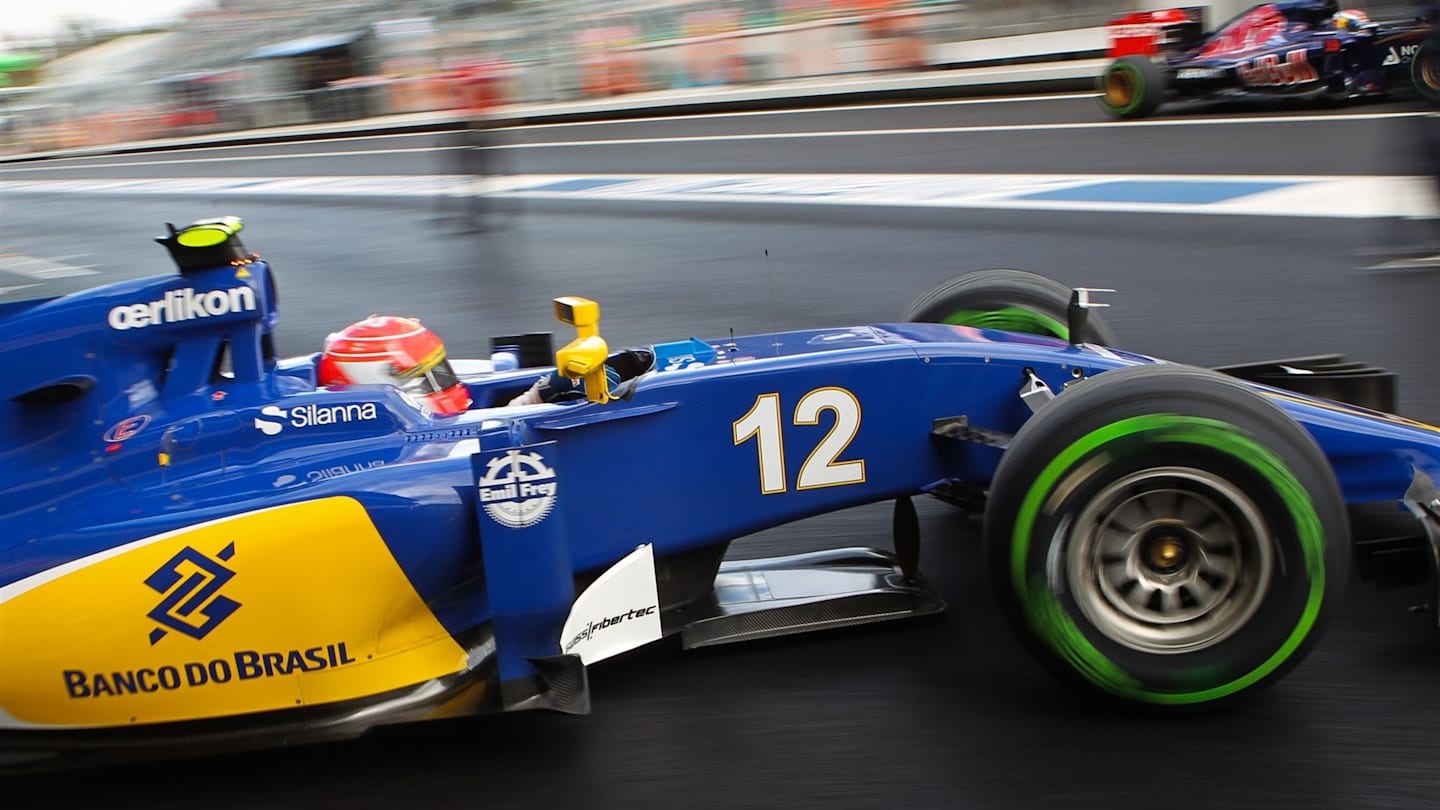
Felipe Nasr (BRA) Sauber C34 at Formula One World Championship, Rd17, Mexican Grand Prix, Practice, Circuit Hermanos Rodriguez, Mexico City, Mexico, Friday 30 October 2015. © Sutton Motorsport Images
Last weekend in Austin a damp circuit helped produce a truly epic race, with multiple lead changes and breathless, ever-changing action throughout the field. We might just be set for a repeat.
Forecasts suggest a high - and increasing - chance of rain just as the lights are set to go out on Sunday. By the chequered flag, the chances of precipitation could be as high as 90 percent.
Any downfall could turn the entire race into a lottery. In Austin teams at least had time to prepare for the conditions; in Mexico they have a handful of laps on a very green circuit early in FP1. Grip was low, but the sheer number of incidents showed just how precarious it could be. One thing is for sure: however the race pans out, whoever is leading, the weather has the potential to turn the entire Grand Prix on its head.



